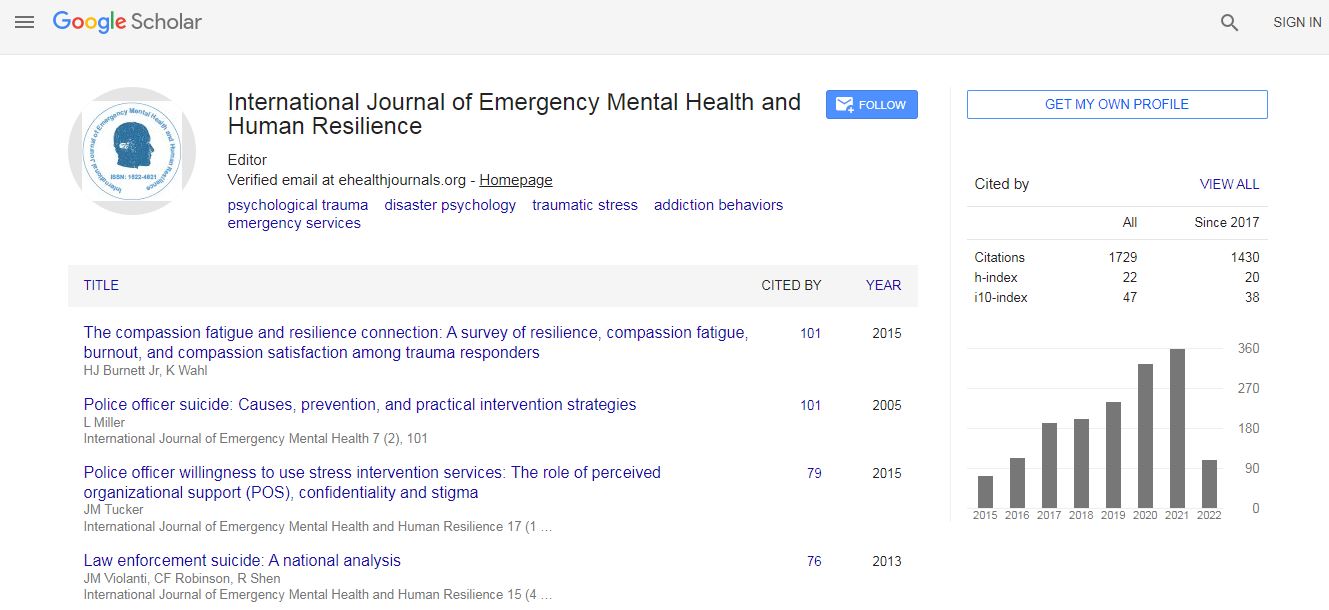Research Article
Social Drift in Patients Suffering from Alcohol and Substance Related Disorders, Amman, Jordan
Hamad Al-Ghafri MD PhD1, Mohamed A Sayed PhD2*, Ahmed Yousif Ali MD FRC Psych3
1Director General, NRC, Abu Dhabi, UAE,
2Head Psychology, NRC, Abu Dhabi, UAE
3Head Psychiatry, NRC, Abu Dhabi, UAE
Abstract
This study describes the characteristics and profiles of substance users in a clinical population who received treatment for their substance abuse at the National Addiction Centre in Amman, Jordan during the period from September 2009 and end of 2010. Further, the study examined the factors purported to be associated with drug abuse that may or may not affect what is regarded as Social Drifting (social downgrading) by examining these factors across three major groups: Heroin, Alcohol, and Other Drug Abusers (including Poly-substance) as defined by DSM1V-TR. The research participants of this study consisted of 250 individuals who were recruited for the purpose of the study. The methodology employed a set of questionnaires that were appropriate to test the main hypotheses of the study. Demographic data were collected using a semi-structured questionnaire identifying relevant characteristics such as age, nationality, religion, educational level and other pertinent information about the subjects. Two other components of the questionnaires addressed current use and severity of use of substances consumed. A third part was designed to capture the social factors and characteristics purported to impact the life of those drug abusers to test the hypotheses generated to examine social drift. A complementary, but integral part of the study used a semi-structured, free–style interview covering a wide range of life circumstances. This part, and researcher observations and guided inquiries were consistently recorded and noted. Results indicated that significant associations between level of educational attainment and heroin use were found. Significantly more of the heroin users had a university degree and higher education compared to the non-heroin users. 25.5% did not complete their education due to addiction, 53.6% reported that their job was affected by their addiction and 73% mentioned that their income changed after addiction. No significant association was found between social drift score and alcohol users compare to non-alcohol users. One interesting finding was revealed with the association between those who drank alcohol and those who did not. By using a Sample T test, we found significant mean age differences between the two groups. The in-depth interviews revealed data on the lives of the Jordanian substance abuser from initiation, escalation, different patterns of use, impact on their lives and seeking treatment. The data collected mapped well onto the bio-psychosocial-spiritual model of addiction and showed the important role the family plays in all aspects of addiction. The narratives of the lives of participants supported the hypothesis of social drift. This data complemented the findings of the quantitative study. The lack of supervision when young people leave to live away from home for higher studies emerged as a major risk for developing drug and alcohol problems. The results will be discussed in light of available literature ad similar studies. Conclusion: The current study is but one small step in establishing the patterns of substance abuse in Amman, Jordan. Caution should be exercised in drawing generalizations from this study due to limitations inherent in this type of studies that will be outlined earlier. Further studies are needed with a more robust methodology and clear understanding of the culture under which drug addiction is maintained.

 Spanish
Spanish  Chinese
Chinese  Russian
Russian  German
German  French
French  Japanese
Japanese  Portuguese
Portuguese  Hindi
Hindi 